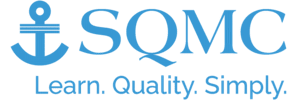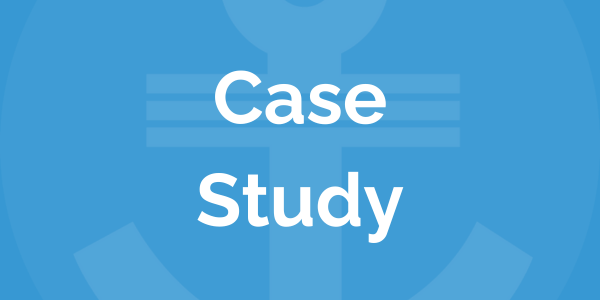A successful QMS? It's 'the Tortoise vs the Hare'!
 Communications
·
2 minute read
Communications
·
2 minute read
“Nothing can grow in a self-sustaining way unless there are reinforcing processes underlying its growth.” (Dance of Change, by Society for Organizational Learning founder, Peter Senge).
In his book, Senge identifies 3 fundamental reinforcing processes that sustain profound change by building on one another, and in this brief article, we're going to look at these in relation to Business Management Systems; specifically ISO 9001:2015.
So, the 3 processes are...
- Enhancing personal results,
- Developing networks of committed people; and
- Improving business results.
To bring about profound (i.e. very great or intense) change, leaders need to agree - at strategic level - to investment. Investment of time, effort and money; and perhaps I can add to that list patience and belief.
"The need for sustained belief will carry a burgeoning management system a long way when deep and meaningful rewards are slower to materialise."
Not everything can run on immediate gratification. This is certainly the case with cleverly, successfully implemented management system, although a certain amount of ‘low hanging fruit’ does materialise almost immediately. Moreover, the need for sustained belief will carry a burgeoning management system a long way when deep and meaningful rewards are slower to materialise. The classic fable of 'the Tortoise and the Hare' reminds us that the rewards and the victory do not always go to the fastest.
Hands up all the consultants who have met this scenario when implementing a management system:
Think about those fundamental processes that have been in existence since time immemorial. You know the ones... they're usually quite ineffective yet are all-consuming of precious time and resources (delivering little in return). No-one has the time or energy to tackle such an issue, and so we ‘let sleeping dogs lie’.
OK, hands down, all 100% of you!
However, the treatment of this problem is fundamental to the sustainability of management systems. These problems must be dug out and kept out, to ensure the foundations of the management system are strong and enduring.
If you truly want success, be sure to discuss these issues openly.
Manage peoples’ insecurities so that they are not afraid to let go of the past and their comfort zones; and of course, their egos.
Develop new and exciting ideas. Develop them from the ground up (process operators), and top down (strategic management), so that the business objectives, functional objectives, team objectives and individual objectives all align. Toyota use a version of this methodology to great effect.
"People are the most valuable and expensive asset any organisation has, so it behoves the organisation to maximise the benefit of such an asset the same way they would maximise the benefit of a photocopier."
The consultant and writer, Fred Kofman, notes: “I believe that people do have passion to produce results.” He qualifies this by adding that these are maybe not business results, but if you go bottom up and top down, you can align them. You can enhance personal results through networks of committed people, and thereby improve business results. People are the most valuable and expensive asset any organisation has, so it behoves the organisation to maximise the benefit of such an asset the same way they would maximise the benefit of a photocopier. I don’t say this to disparage people. Quite the contrary, in fact. We need to know them, understand them, allow them to use and develop their talents, to offer up their ideas and see them work. Scrap alienation and streamline how you manage people, rather than laying them off and trying to do more with less.
I believe it would be valuable to develop a series of articles along these themes for the SQMC Insight Column, so if you agree, please do let us know in the comments below.



